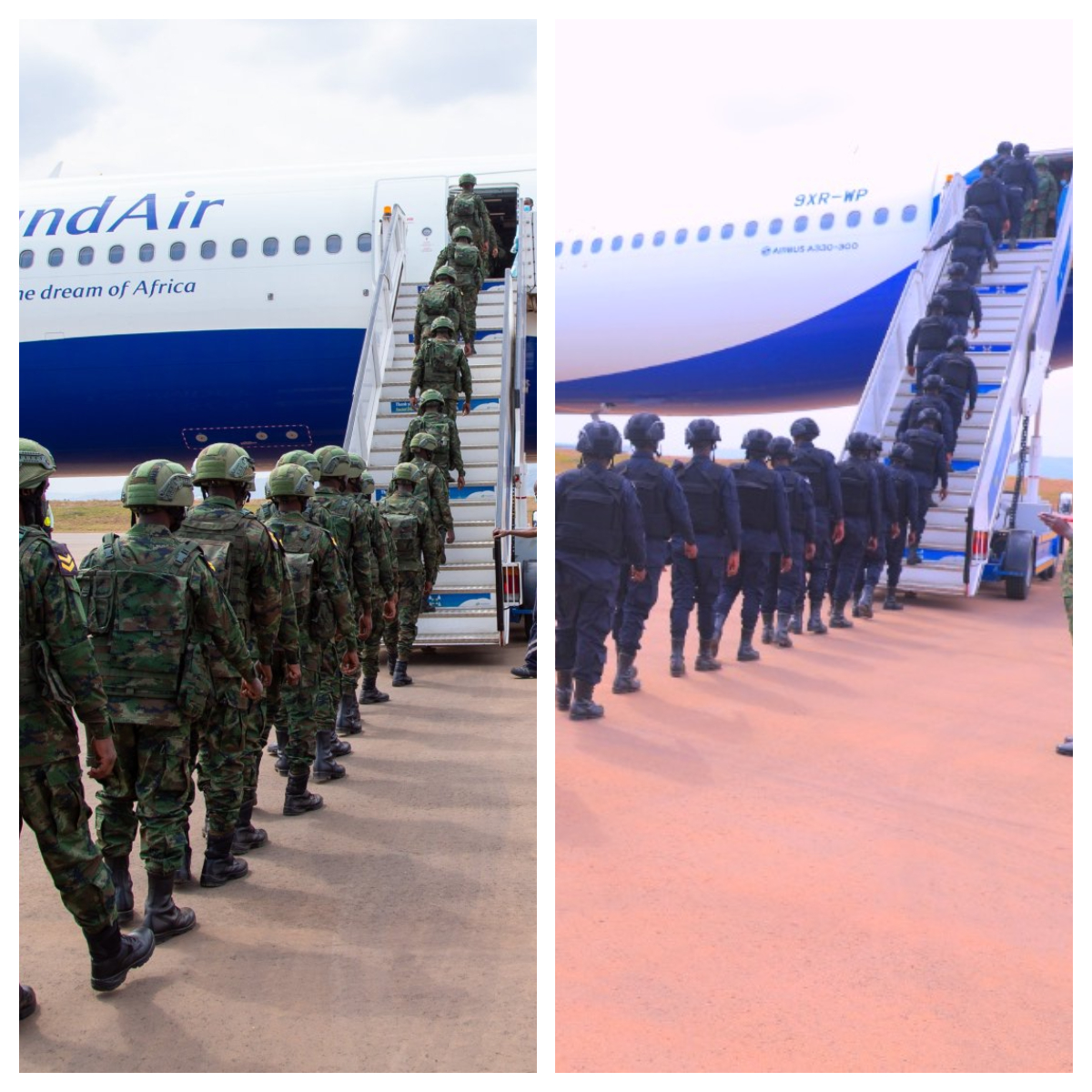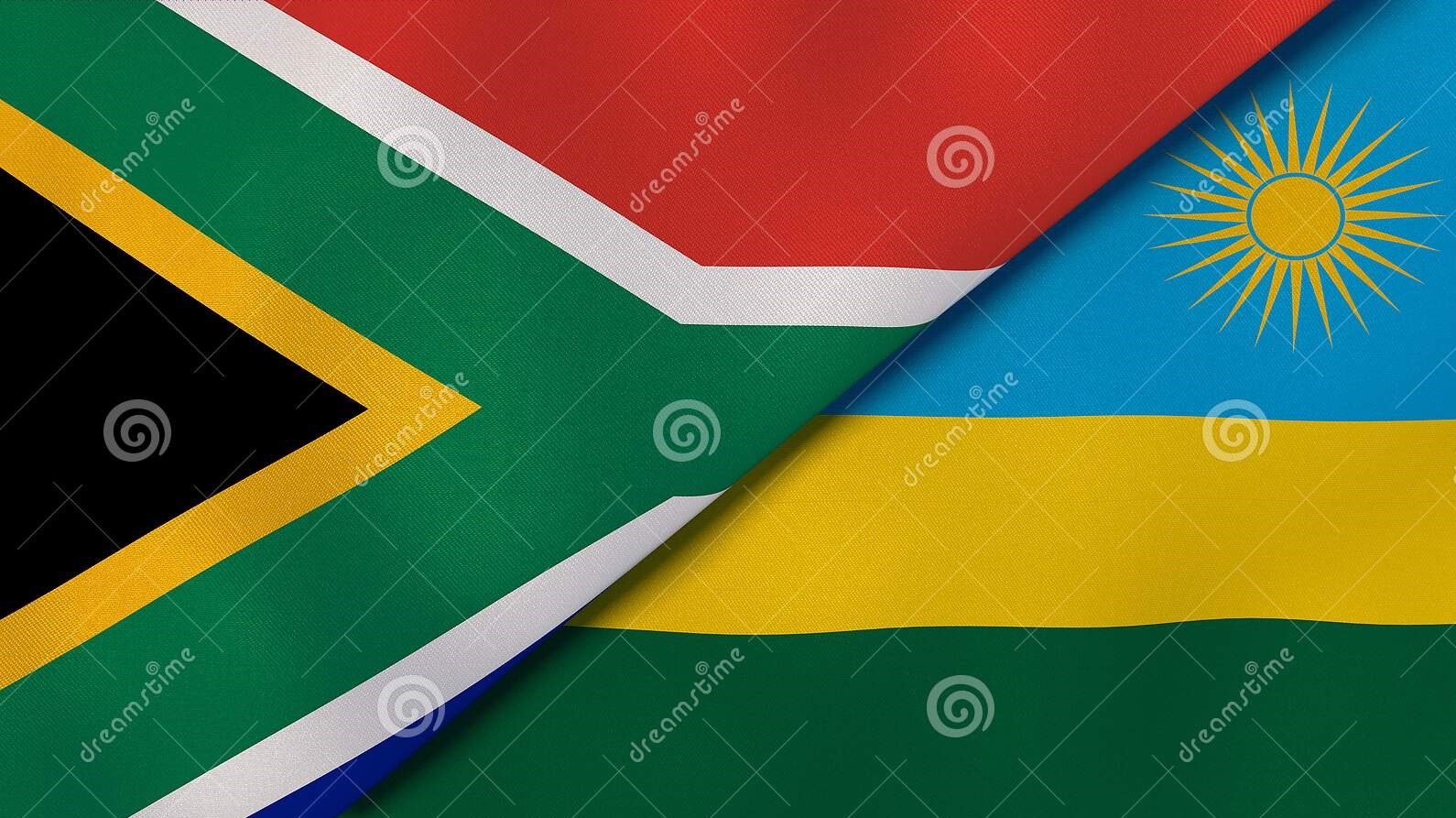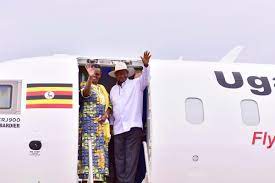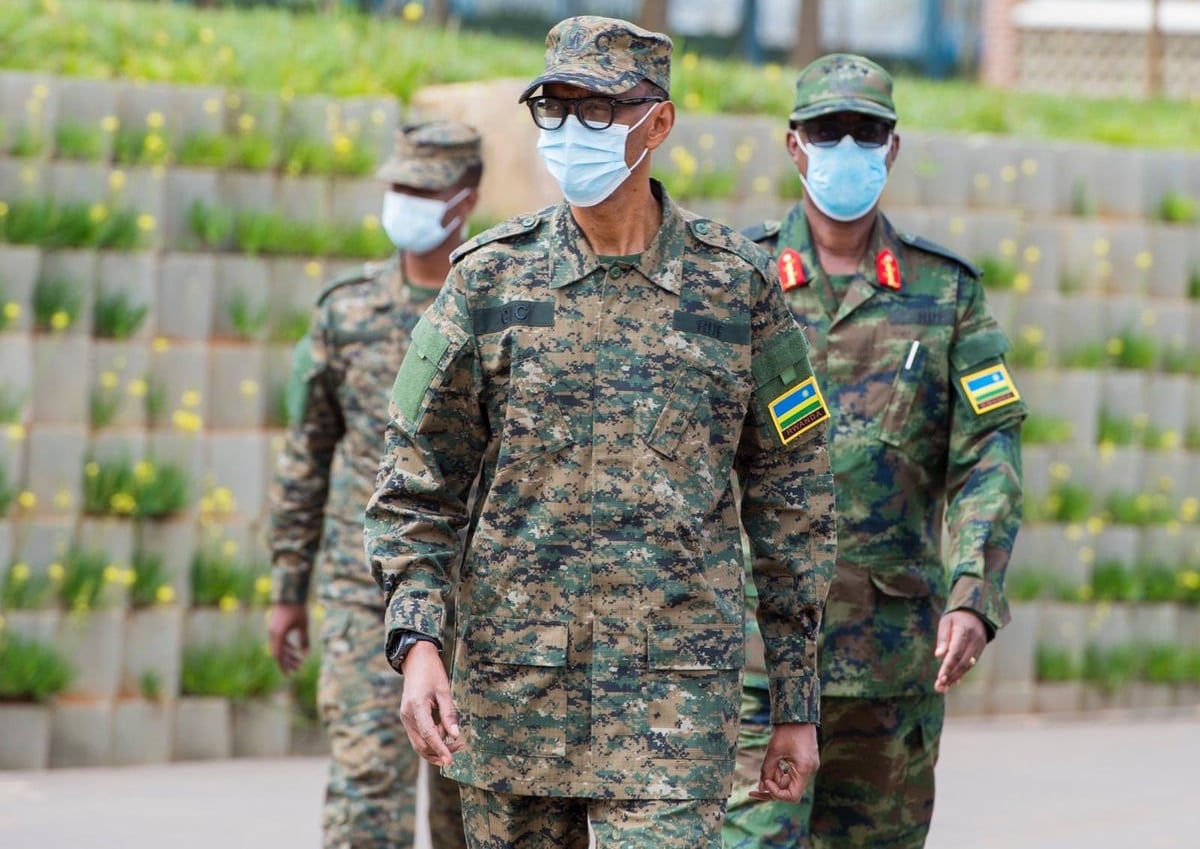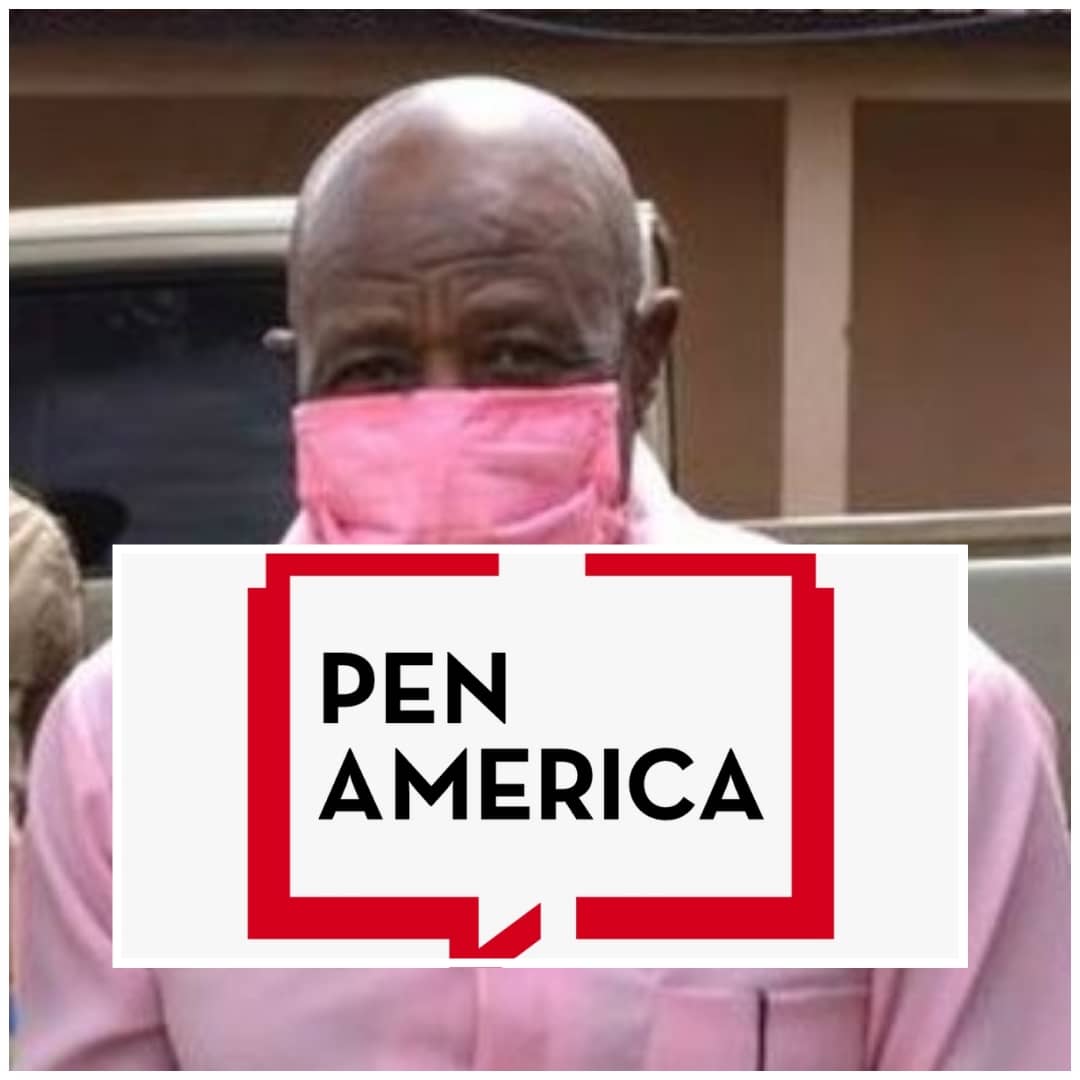Regional
Kwibohora27: Rwanda’s achievements in numbers
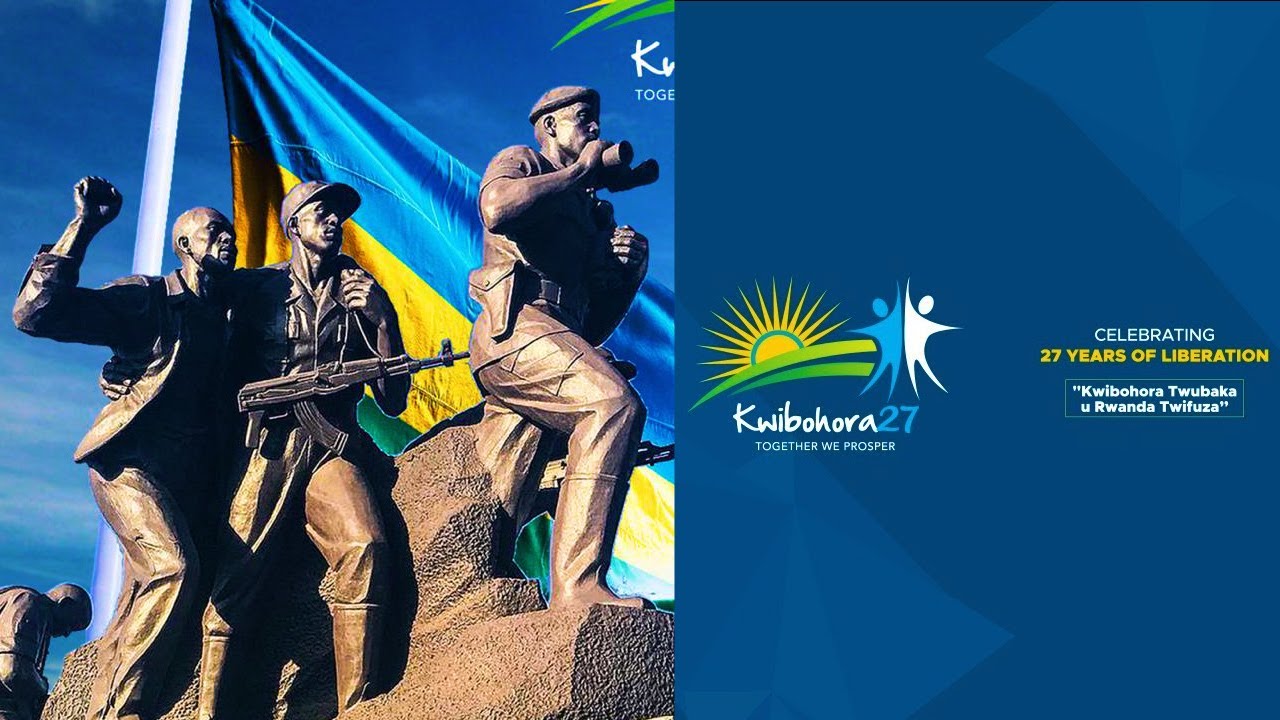
When Rwanda was finally liberated on that sunny day of July 4, 1994,
there were mixed feelings for Rwandans and foreigners alike. After the
genocidal regime was defeated, the celebration was short-lived. Signs of the
Genocide against the Tutsi were everywhere you looked; from unburied dead human
bodies feasted on by domestic-cum-wild dogs to the wounded survivors and more.
All these were compounded by the fact that there was just a shell of a
country, with nothing to show for what constitutes a nation-state. No
institution was functional with national coffers depleted.
The RPF led government literally inherited a territory and nothing
else but loads of seemingly insurmountable problems. With no economy at all and
no human capital to speak of, some had been killed, others fled after having
participated in the killings.
The country was abandoned. The international community was funneling
hundreds of millions of dollars to Zaire, now the Democratic Republic of Congo
(DRC) to support the genocidaires who had taken refuge there after committing
atrocities in Rwanda and pitched camp near the Rwandan border.
The liberators plainly relied on the power of hope and their political
will to find solutions to the many problems the country faced at the time. For
so many, this was purely unthinkable. But there was determination on the part
of the liberators to succeed at any cost.
To give a picture on the state of affairs, in 1994, the RPF-led
government inherited a country where more than one million Tutsi had been
killed, and three million others were refugees mainly in neighboring countries.
The liberators inherited an economy that was already stagnating since the mid-1980.
In 1994 Rwanda’s economy had shrunk by 50%. The GDP per capita fell to 146$, a
level the county had known some 20 years back, in 1975.
Poverty rate in Rwanda was at 78% in 1994. They also inherited a
dilapidated infrastructure from the already inexistent infrastructure the
country had in 1994. And many of these figures were before April, when full scale
Genocide began. By July, the picture was grimmer.
Immediate post genocide Rwanda had thousands of genocide suspects in
its prisons. In terms of governance, there were huge gaps and zero
institutional framework as 79% of the country's civil servants had no higher
education qualification. The RPF took key emergency actions, including
the formation of a government of national unity to foster reconciliation and
inclusiveness.
The first act of the new government was to draw a priority list;
restoration of peace and security, repatriation of all refugees and the
resettlement of internally displaced persons, emergency relief and social
assistance to the victims of the genocide and other vulnerable people, the
rehabilitation of basic infrastructures, the setting up of key required
institutions to operationalize public service both at central and local
government level and reactivating basic services such as education and health.
After embarking on this challenging reconstruction process, the
government decided to translate its hope and aspirations into a clear and
well-articulated vision that had to be developed through consultative meetings
between 1998 and 1999. The latter were famously dubbed Urugwiro Meetings. That
is how the famous Vision 2020 was born.
Fast forward. Twenty seven years later, Rwanda’s achievements can be
categorized into phases. The first one being from the year 2002 t0 2006; the
period of the Poverty Reduction Strategy project that aimed at recovering from
the post genocide situation as well as registering major gains in social
sectors such as health and education. By the year 2006, poverty had
reduced by 3%, precisely from 60% in 2002 to 57% in 2006.
This is the period in which the new Constitution was born (2003) and
provided the backbone on which much of the current development is anchored. The
second phase is the period of the implementation of the Economic Development
and Poverty Reduction Strategy (EDPRS1) which aimed at preparing for a takeoff
towards tangible and sustainable developments, registering high poverty
reduction, reducing inequalities and registering high growth.
By 2012, the country had registered an average GDP growth of 8.2% per
annum and recorded some strong contributions to the achievements of the
Millennium Development Goals (MDGs). In 2008, Rwanda was the second
fastest growing economy in Africa and the most improved nation in human
development in the world.
At the end of the EDPRS1 phase, Rwandans had developed confidence in
achieving the second phase at a higher rate than the first one. EDPR2 which was implemented between 2013 and
2018, saw Rwanda register a double digit growth, 11.5%.
The country registered a fast-paced poverty reduction and a million
people were lifted out of extreme poverty during this period. The country also
recorded a significant improvement in closing the trade imbalance with a rapid
growth of exports as the private sector
increased its local investments.
From the $146 GDP per capita in 1995, in 2018 the GDP per capita rose
to $818. The country registered rapid economic growth and a macroeconomic
stability that is resilient to shocks. An important poverty reduction was
also recorded with a reduced inequality and increased access to services in the
health, education, financial sectors.
Self-financing
Rwanda has come a long way, for many it appears to be a miraculous
phenomenon but for Rwandans it simply means one crucial thing. Hard work and
determination pays off. In 1995, Rwanda’s budget was financed up to 75%
by external sources while only 30% of the budget came from domestic resources
and loans. Thinking of economic independence, leave alone political
independence, would be a delusion.
To date, at least in the fiscal year 2020/2021, what was a delusion
has come out to be a sunrise dream as the country now finances its total budget
from its domestic resources and loans to a rate of 84.8% while external
resources only accounts for 15% of the total budget.
All these have been achieved while sustainable fiscal and debt
positions are maintained. To date, Rwanda is ranked second in Africa by the
2020 World Bank Report for Ease of Doing Business and Global competitiveness
and 38th globally.
The City of Kigali is ranked the second most popular destination for
conferences, as per the International Congress and Convention Association
(ICCA). In terms of technology advancement, Rwanda remains number one in
the East African Community (EAC) for network readiness, and fifth in Africa
Last but not least, the 2018 Gallup Global Law and Order report ranked
Rwanda the second safest place in Africa and the fifth safest country to walk
at night in the entire world. Finally, as we celebrate the achievements of
Rwanda’s liberation, here is the most important one; life expectancy of all
Rwandans has improved from just 29.1 years in 1991 to 66.6 in 2017.
This did not come out of the blue. It's attributed to a number of
social protection interventions in healthcare, including health insurance
coverage for more than 80% of the population and programmes like Gir’inka that
have significantly improved nutrition among Rwandan families.


